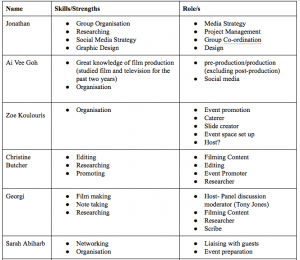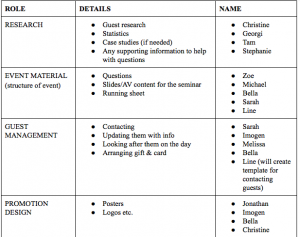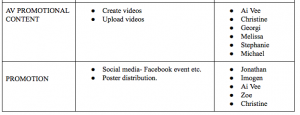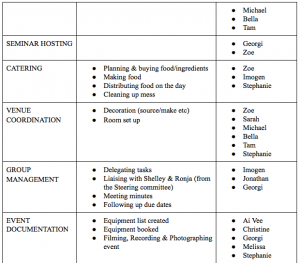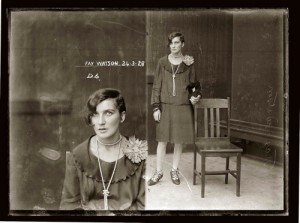Open Discussion: Social Media Producer
In relation to Week 6 flip lectures: Jonathan Hutchinson radio interview and slide share & Alex Gibson lecture
Why are we looking at this example? How does it connect with what we are doing this semester?
The concepts discussed within the content provided from Seth have strong ties with crowd sourcing, a notion we are utilising to pull off our participatory events. The interviews and lectures provide an insight into all that can be gained from online communities. They show the positive outcomes that can be achieved through social media use. Gibson explains that there is a lack of awareness about how to employ the platform correctly because it is still so recent. Both lecture and interview highlight the importance of collective intelligence.
What similarities can be made between the event we are creating and the prototype?
The audience providing the concepts that drive the event, gathering feedback from audience, low level entry, generating early interest and finding an existing community to participate in the event.
Who are our participants/content co-creators? Who is our audience?
Our class mates, fellow University students, family, friends and the music community who we are approaching to take part in the event. The street passers by are the audience.
What would a pitch look like for an event? How focused would it need to be?
It would include the strong and weak points of the project, the need for flexibility to keep the project evolving, the existing community that will be approached, the ways to gather interest, the use of forums for feedback with a significant amount of time spent discussing how and the amount of time needed to gather the community.
How would we conduct early/preliminary research on the event, the topic of the event?
The use of forums, pre-existing community pages and researching similar events to investigate the tools they employed and whether or not they were successful.
How does the authorial role of the producer change compared to in legacy media productions?
They have an understanding of how social media works and communicate with both sides of the project, understand the bigger picture, be personable, be the middle person and curate the ‘prosumer’ works.
What skills are needed to encourage participation?
Organisation; gather interest early in the project, strong communication skills; be personable and continually keep in contact with audience and be realistic; create a low level of entry for the audience.
